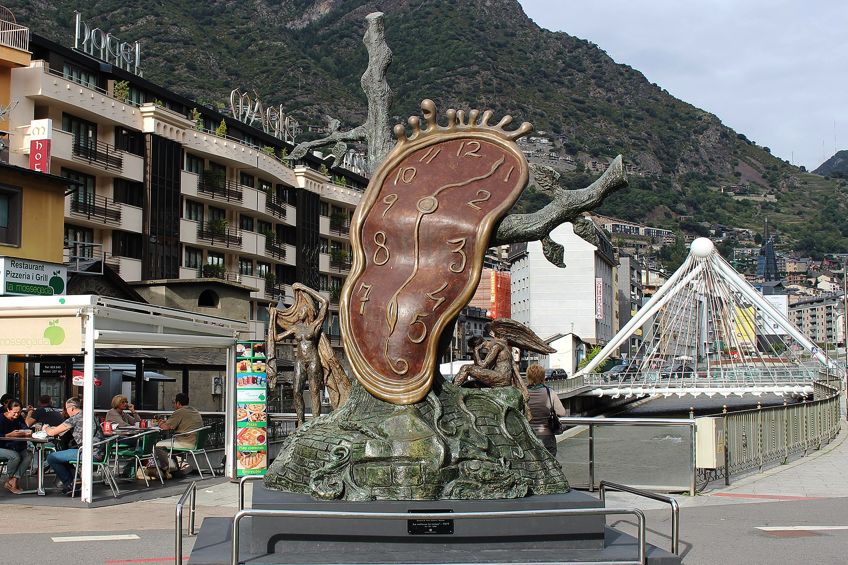


We have all had fantastic dreams where unrelated people, places, and objects come together in inexplicable and irrational ways. A major goal of the Surrealist art movement was to capture visually what it is like to be in the dream state. For Surrealists, dreams were very important. The concept of the dream is integral to understanding Surrealism and also plays a key role in unlocking the secret meaning of The Persistence of Memory. "Can't the dream also be used in solving the fundamental questions of life?" Andre Breton, The Surrealist Manifesto Surrealism and the Interpretation of Dreams

In fact, Salvador Dali famously referred to his surrealist art as "hand-painted dream photographs." Unlike the Expressionists who created art with emotive strokes and bold colors, Surrealists like Dali painted odd, often irrational subject matter unemotionally, with precise and almost photographic detail. The content of The Persistence of Memory is peculiar, but Dali paints his strange display of objects using a contrastingly straightforward artistic style and technique. What do these melting clocks mean? Why are they laying out there in the sun? What is the hidden meaning? Salvador Dali's Surrealist Art Explained: "Hand-Painted Dream Photographs" While we usually think of clocks as hard, unbending objects, Dali's clocks are flexible, malleable things that seem to be soft, perhaps melting away in the desert sun. Nearby, another clock drapes over a limb. A clock covers the sleeping figure's back, almost the same way a blanket might cover a sleeping child. Sometimes referred to as just the "melting clocks" painting, in Dali's The Persistence of Memory (1931) a mysterious human-like white figure sleeps in an otherwise deserted landscape. What is the secret hidden meaning behind Salvador Dali's painting The Persistence of Memory and its iconic melting clocks? Salvador Dali - The Persistence of Memory (1931) The Meaning of Salvador Dali's Melting Clocks Painting Known for his often strange and surreal subject matter, Dali's most famous work of art is The Persistence of Memory (1931), widely regarded as a masterpiece of Surrealism. The Spanish surrealist Salvador Dali is one of the most enigmatic artists of the twentieth century.


 0 kommentar(er)
0 kommentar(er)
